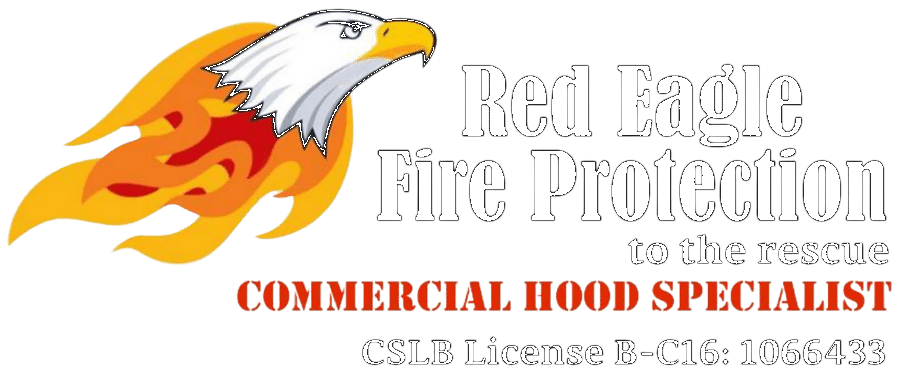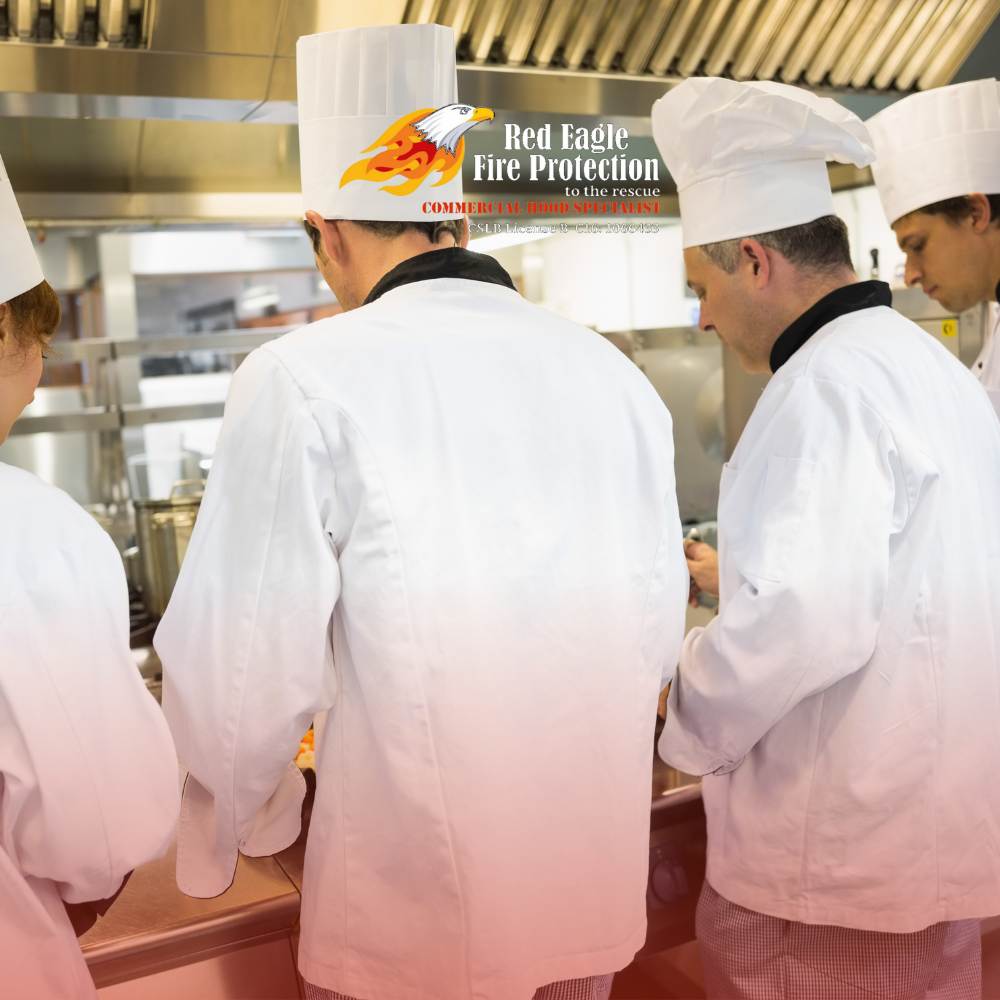In commercial kitchens, safety and efficiency are paramount. A properly executed kitchen exhaust hood installation is essential to ensure that the system functions optimally, maintaining clean air and reducing fire risks. Professional installation enhances both the safety and functionality of exhaust hood systems, creating a safer and more efficient work environment for kitchen staff. Here’s how the right installation plays a vital role in these aspects.
Why Kitchen Exhaust Hood Installation is Essential for Safety
The exhaust hood is responsible for capturing and ventilating smoke, grease, and heat from cooking equipment. Without proper kitchen exhaust hood installation, these particles can accumulate, creating fire hazards and compromising air quality. Professional installation ensures that the exhaust hood operates effectively, safely venting hazardous particles outside and reducing the risk of grease fires.
Reducing Fire Hazards with Proper Installation
Grease particles are highly flammable and can easily ignite if allowed to build up in the exhaust system. During a professional kitchen exhaust hood installation, technicians ensure that the hood is positioned correctly and that all components, including filters and ductwork, are set up to capture and remove grease efficiently. This setup minimizes fire risks by preventing grease accumulation within the system.
Enhancing Airflow and Ventilation Efficiency
Proper ventilation is critical in any high-heat cooking environment. A well-executed kitchen exhaust hood installation optimizes airflow, effectively removing smoke, steam, and odors. By positioning the hood at the correct height and installing a fan with the appropriate power rating, professional installers maximize airflow, which keeps the kitchen comfortable and helps maintain indoor air quality.
Key Components in Exhaust Hood Installation
Several factors contribute to effective kitchen exhaust hood installation, all of which play a role in functionality and safety:
- Proper Hood Positioning: The hood must be positioned above the cooking equipment to capture smoke and grease directly at the source.
- Ductwork Configuration: Ducts should be correctly sealed and vented outside to allow smooth airflow and prevent grease buildup.
- Fan Selection: Choosing a fan with the correct cubic feet per minute (CFM) rating ensures effective ventilation without excessive noise or energy use.
Ensuring Compliance with Safety Codes
Compliance with fire safety and health codes is essential for commercial kitchens. Professional kitchen exhaust hood installation ensures that your system meets these regulations, including National Fire Protection Association (NFPA) standards. Compliance protects your kitchen from potential fines, shutdowns, or insurance issues due to safety violations.
The Value of Hiring Expert Installers
Attempting to install an exhaust hood without professional help can lead to inefficiencies, safety risks, and potential regulatory issues. Certified technicians have the experience to complete the kitchen exhaust hood installation according to best practices, ensuring that all components function smoothly and meet safety requirements. Professional installation also extends the system’s lifespan, providing a solid return on investment.
Optimize Safety and Functionality with Professional Exhaust Hood Installation
A proper kitchen exhaust hood installation is essential for creating a safe, efficient kitchen environment. By reducing fire hazards, ensuring efficient airflow, and maintaining compliance, expert installation services enhance both safety and functionality. Partnering with professionals guarantees that your exhaust hood system operates at peak performance, supporting a productive and secure kitchen space.
READ MORE:

